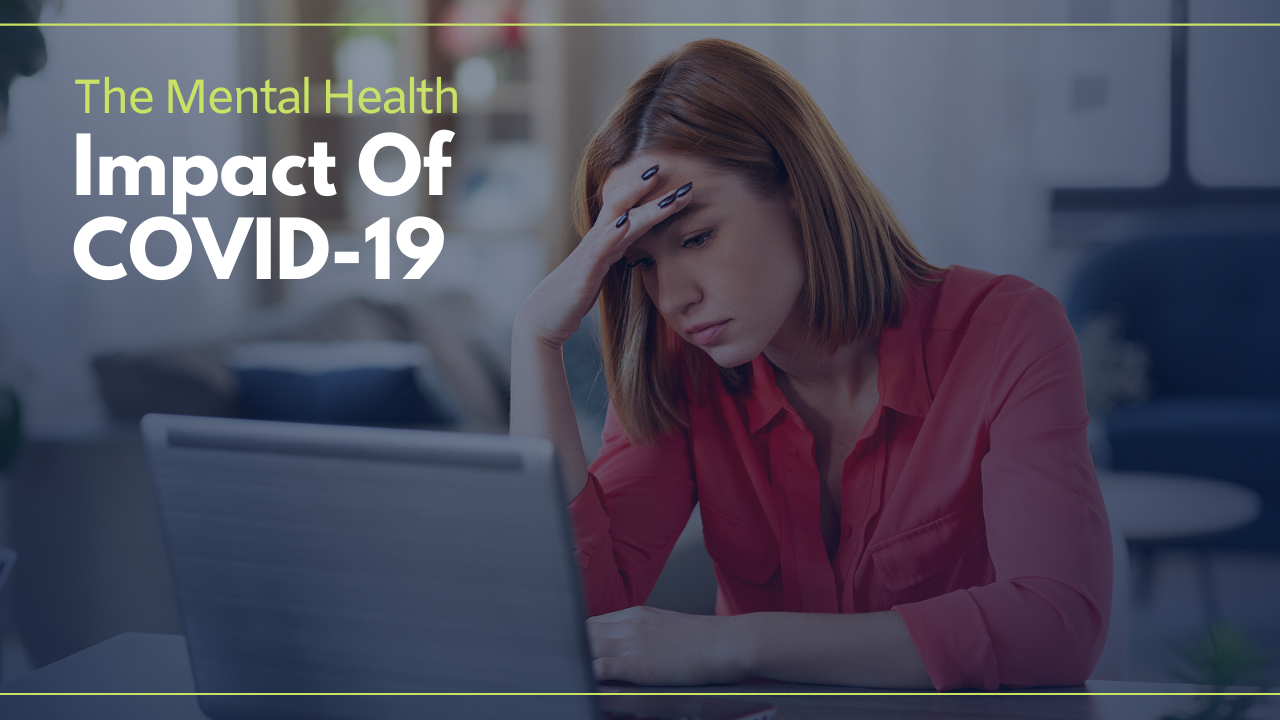- This latest Mental Health Index spotlights the mental health impact of the COVID-19 pandemic.
- The report has revealed a negative score that indicates poor mental health, particularly among women and young people.
- Two key drivers are financial risk and isolation, linked with lockdown and reduced salary or working hours.
The Mental Health Index™ report of the US, June 2020 has found that June is the third consecutive month of a low Mental Health Index.
“The Mental Health Index™ provides a measure of the current mental health status of employed adults in a given geography, compared to the benchmarks collected in the years of 2017, 2018 and 2019.”
This month’s report seeks to spotlight the mental health impact of the COVID-19 pandemic. Unfortunately, this month’s score is -6 points. “A negative score indicates poorer mental health relative to the benchmark.”
Key Findings from the Report
- Regardless of employment status, there continues to be a lower mental health score for females (-7.8) when compared to males (-3.3).
- The younger the age group, the lower the Mental Health Index™ score.
- For the third consecutive month, the two key drivers of the Mental Health Index™ are financial risk and isolation.
- The Mental Stress Change score for June 2020 is 58.4.
- This indicates that more than one-quarter of the population is experiencing more mental stress when compared to the prior month.
- The greatest increase in mental stress is seen in employed people with reduced salary (67.5), followed closely by employed people with reduced hours (66.3) when compared to employed people with no change to salary or hours (58.3) and unemployed people (59.7).
- Younger respondents are experiencing a greater increase in mental stress when compared to older respondents.
The Role of Employers on Mental Health
The index found that there is a strong correlation between scores on the Mental Health Index and a person’s view of how their employer has managed health and safety issues during the pandemic. There is also a correlation between Mental Health Index scores and perception of how well an employer has supported the mental health of employees.
Now, more than ever, it’s crucial that workers feel that their organization cares about them and their wellbeing.
Organizations need to focus not only on adhering to government protocols and guidelines as they welcome workers back to the office, but they also need to focus on psychological safety. The fear of re-entry is real, the way leaders tackle this issue can positively or negatively impact worker anxiety and stress levels.
The good news is that as the country begins to move into the next phase of the pandemic, nearly half of people surveyed (47 percent) feel that they have what they need. Organizations, according to the report, would do well to focus on providing clear guidance on how to prevent the spread of the coronavirus and supporting workers in dealing with anxiety.
Mental Health Should Be a Priority, for Everyone
“The current scores for The Mental Health Index™ are a clear warning regarding the mental health impact of the pandemic. The Index shows a significant decrease in mental health in the United States. We also see a significant increase in mental stress compared to the prior month and a definitive link to issues related to the COVID-19 pandemic.”
The report argues that although the physical health risk of COVID-19 has taken center stage, the mental health impact requires similar attention and action, as the negative consequences could otherwise be long-lived.
“Well after the risk of infection reduces, the mental health impact may remain. This has implications for the quality of life of individuals, the stability of families, the risk of health and disability costs for organizations, as well as the level of participation in the economy.”
Guidelines and recommendations, like physical distancing, to prevent the spread of the coronavirus have been placed at the heart and center of the physical wellbeing of individuals. However, a person’s wellbeing encompasses much more than physical health; it also takes into consideration emotional, mental, and financial health, among others.
Given that many of these protocols and recommendations will be in place for more time, individuals and organizations need to start thinking of ways in which they can also address other aspects of a person’s wellbeing.


 Dr. Gleb Tsipursky – The Office Whisperer
Dr. Gleb Tsipursky – The Office Whisperer Nirit Cohen – WorkFutures
Nirit Cohen – WorkFutures Angela Howard – Culture Expert
Angela Howard – Culture Expert Drew Jones – Design & Innovation
Drew Jones – Design & Innovation Jonathan Price – CRE & Flex Expert
Jonathan Price – CRE & Flex Expert











